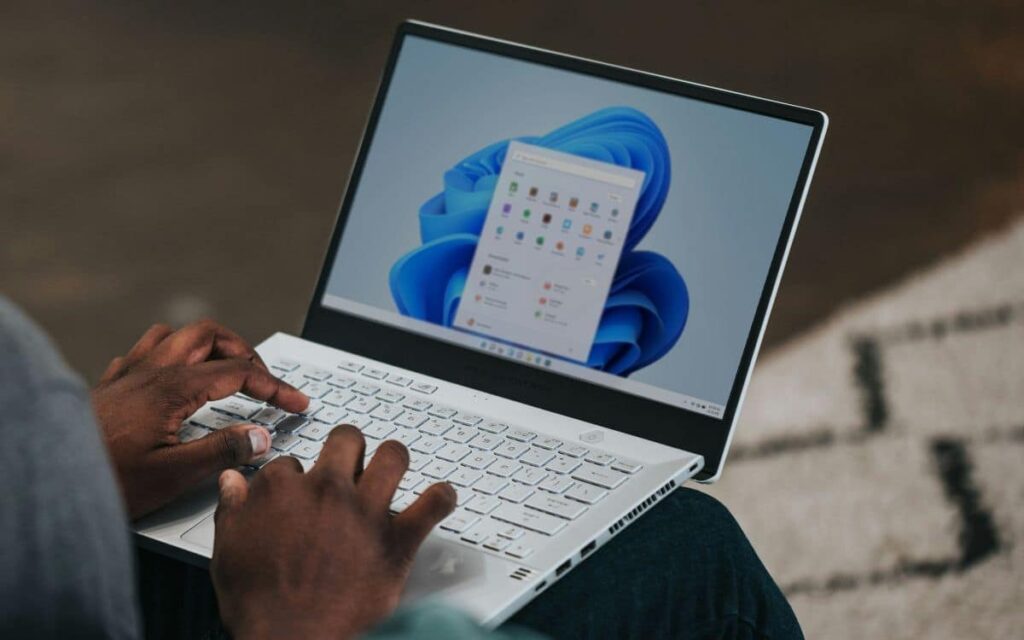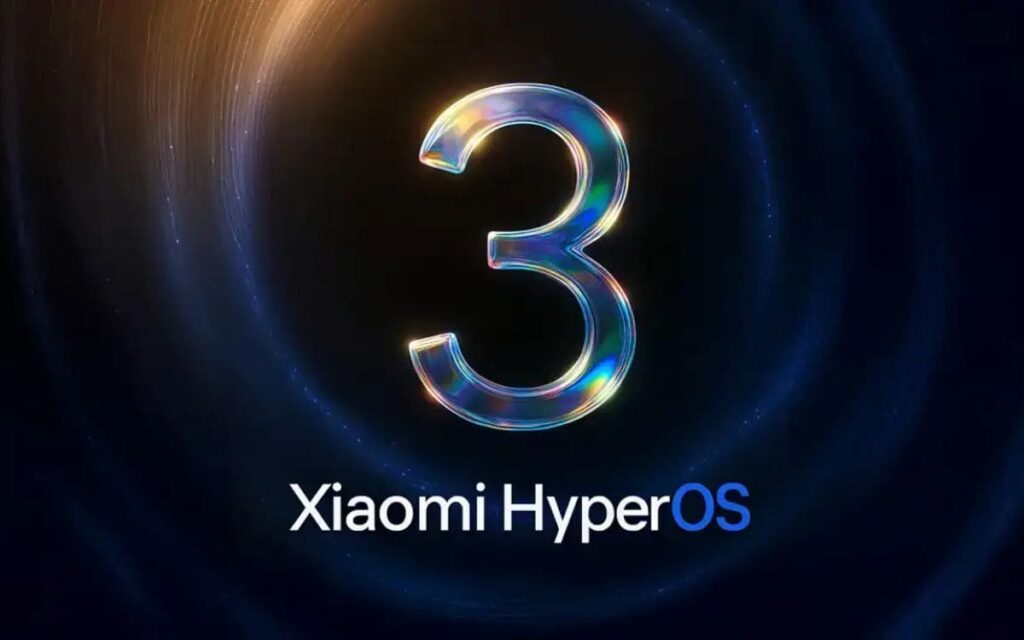Windows 11 introduces build 27965 in the Canary channel. Users now have access to a new Start Menu, which was previously available in the Dev and Beta channels. Additionally, the update modifies the management of .NET Framework 3.5.
With a refreshed File Explorer, the Start Menu is now more user-friendly in Windows 11. Launching applications is easier with the scrollable interface. The “All” section is now front and center, eliminating the need to navigate to a secondary page.
The Start Menu offers a more convenient organization

There are also two new display modes for accessing installed applications: category view and grid view. The new default mode is category view, where applications are automatically grouped together for quick access to your most frequently launched apps. For example, if you often use Solitaire or Outlook—despite a known bug—their icons will appear at the top of their respective categories. Categories are created when a group contains at least three applications, and the remaining apps are filed under “Others.”


The grid view, on the other hand, organizes the applications in alphabetical order similar to the list view. However, horizontal space is better utilized for quick access to installed applications. Windows 11 remembers the last used display for an optimal experience.
The Start Menu also adapts to screen size. Larger screens display a wider menu by default, showcasing more applications and files—with 8 columns of pinned applications, 6 recommendations, and 4 columns of categories. Conversely, smaller PC screens show only 6 pinned columns, 4 recommendations, and 3 columns of categories. The Start Menu adjusts according to the content available.

If there are few pinned items, the corresponding section is reduced to a single line to make room for other elements. This section may disappear to free up space for installed applications via Settings > Personalization > Start.
Windows 11 continues its development as version 25H2 becomes available. Near the search, Phone Link now features a new button to show or hide content from connected devices. This feature will be rolled out in Europe in late 2025 and will expand to Android and iOS devices in most markets.
Modification of Framework, Bug Fixes, but Others Persist
.NET Framework 3.5 is no longer an optional component of Windows starting from this build. Microsoft encourages migration to modern versions of .NET and offers a standalone installer for critical applications still dependent on this version 3.5. Edit is the new command line text editor that integrates directly into Windows. The command “Edit” followed by a filename allows for quick editing in Terminal.
There are also bug fixes such as the automatic hiding of the taskbar, videos and games appearing in red, and playback issues with protected content in certain Blu-ray, DVD, and digital TV applications.
However, there are still bugs like crashes in File Explorer, file transfers to a network drive, crashes in Settings while checking storage information, missing media controls on the lock screen, and issues with sleep and shutdown for some users.
Source: Microsoft




